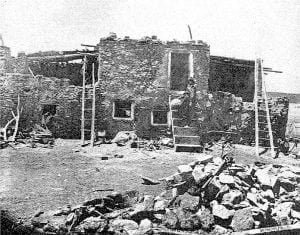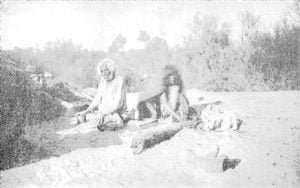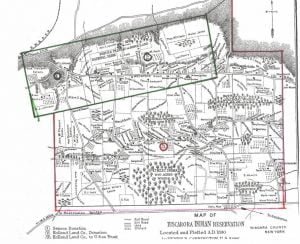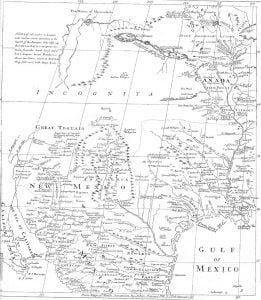Zuñi Pueblo
Zuñi lies in a great plain, or valley, through which the Zuñi River flows. On account of the severe storm that had prevailed for a number of days the streets of the town were in a horrible condition, and looked as if they were never cleaned. They are now higher than the ground floors of the houses, though they were evidently once on the same level. Some of the terraced buildings are 5 stories high, reached by clumsy ladders and narrow partition steps of adobe or stone. All those visited were very clean inside, but as a general rule cheerless … Read more








